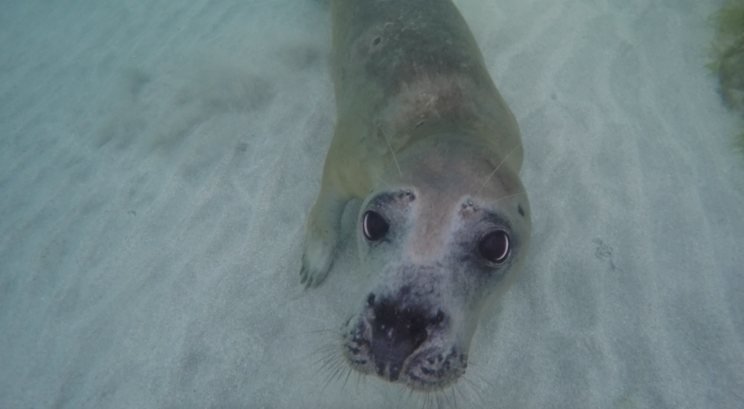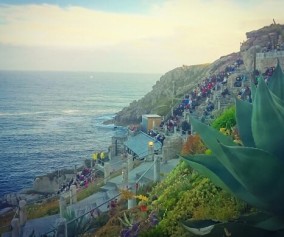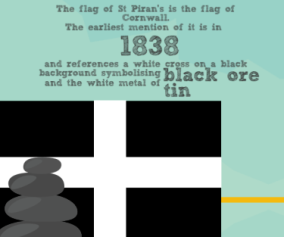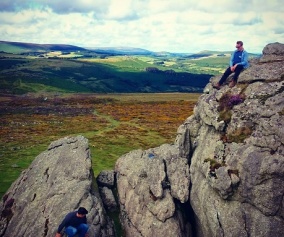We’ve got the lowdown on scuba diving in Cornwall from Matt Burtwell, of Aerial Cornwall. Ironically, when Matt isn’t flying over the coast he likes to be below the water’s surface, exploring local wrecks and getting closer to our unique sea life. Matt travels the world diving and, working at Fourth Element, has the know-how to find good diving conditions and equipment for the given dive spot.
Here’s everything you need to know about diving in Cornwall (and why it’s so special) from the man himself.
422 miles of coastline, countless beaches, hundreds of shipwrecks and vibrant reefs. Cornwall is every divers dream.
The Cornish coastline is one of the most beautiful in the world and although it might not offer a tropical climate like many scuba diving destinations across the globe, experiencing it underwater is a thriving experience for divers both new and experienced.
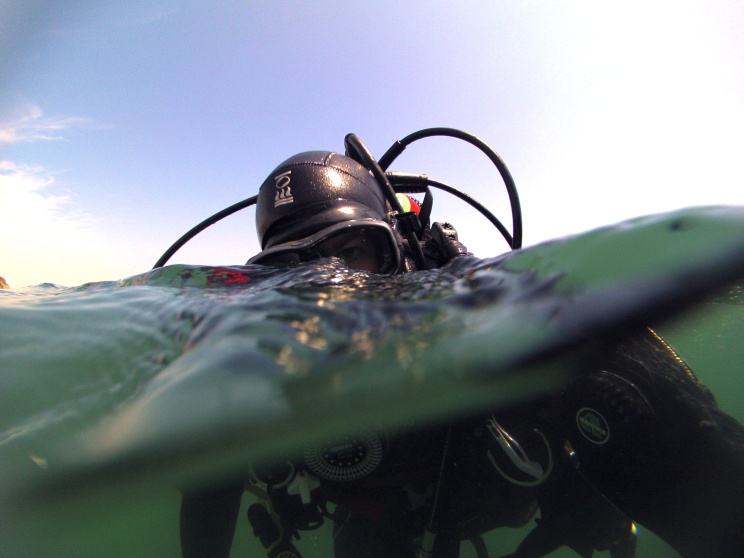
You might not be wearing board shorts and sunbathing during your surface interval. Instead you’ll probably be wearing a drysuit, have some enduring thermals on underneath and trying to warm up your hands with a hot cuppa asking yourself is this worth it? And the answer is yes. What many don’t realise is that beneath these cold waters there’s so much to offer… sponges and corals, crustaceans, large shoals of fish, seals, dolphins and if you get really lucky; Basking Sharks! The rare Pink Sea Fan can be found in abundance around Cornwall, many of the wrecks and reefs are also covered in Jewel Anemones and Dead Man’s Fingers – all creating colourful combinations not expected around the U.K.
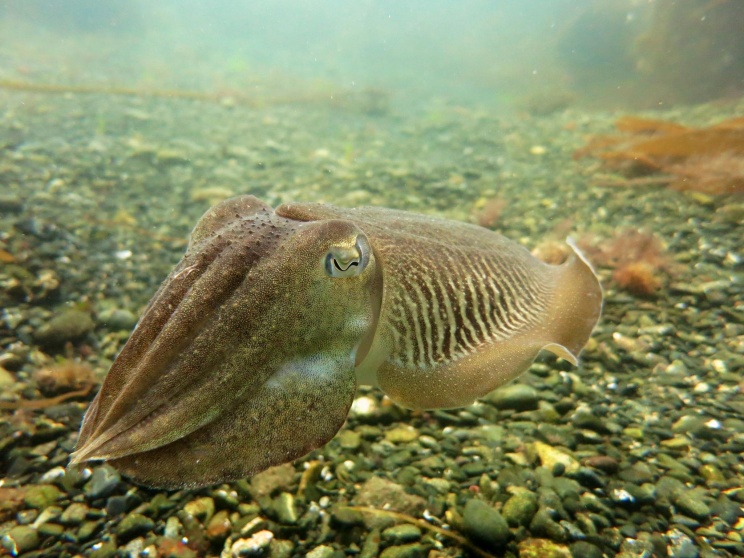
They say if you learn to dive in the UK then anywhere else will only seem easier. If you’re coming from your Open Water course in Thailand you might want a few guided dives first to familiarize yourself. With temperate water equipment is key so you’ll need the right gear for the job, and if done right it’s very easy to have long, comfortable dives whatever the time of year. Naturally, working for Fourth Element, I can’t recommend this brand and the gear enough! Check it out for high-quality thermal protection as well as lifestyle clothing.
Conditions
As you can expect during the winter months the weather is unpredictable, though saying that, when isn’t it? So the opportunities to get wet can be few and far between. Winter visibility can be extremely pleasant when the kelp starts to die down around October / November but it only takes one windy day to mess everything up! If there are waves you might want to go surfing instead, however whichever way the wind is blowing there’s always one spot that’s sheltered enough to dive. Do your research and seek local advice, there are dive sites on all sides of the coast.
Summer time brings warm water in Cornwall, the warmest in the UK in fact, and the temperature can reach a very comfortable 16 – 17 degrees Celsius, unlike the chilly 9 – 10 degrees in the depths of winter and early spring! So those gloves and maybe even that drysuit can be chucked back in the garage, at least for a few months anyway. Due to the large tidal range in Cornwall, water clarity can be excellent and it’s not uncommon to get a very pleasant 15 – 20 metres visibility.
Marine Life
During May & June huge Basking Sharks can be found cruising the surface for food. It’s great for all types of photography and it’s worth going on a snorkeling trip to have a close encounter with these majestic giants!
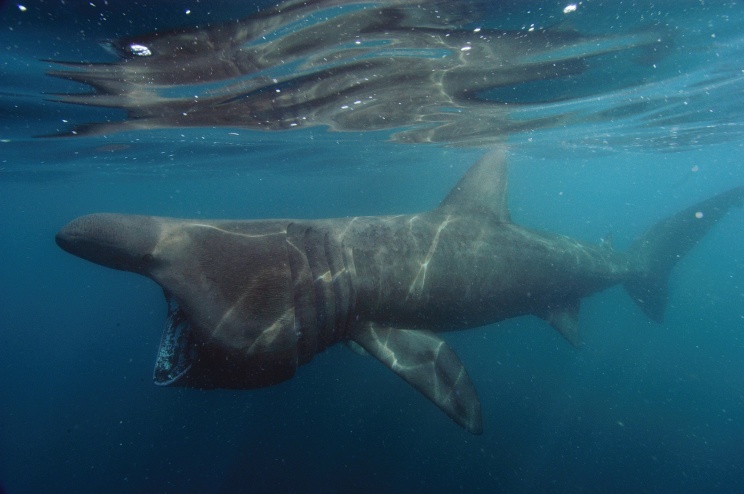
Cornwall boasts an array of diving schools that offer PADI and BSAC courses from beginner to instructor, and most charter boats that will take you out to spectacular diving sites. One of the most popular dive sites is the famous Manacles Reef off the Lizard Peninsula. Here you will find colourful reefs and wrecks with a great history.
If you don’t fancy taking the plunge to the deeper waters, try diving or snorkelling around the coastline where you can get close to all sorts of marine life and see the collage of colours found here.
Here are the top 5 shore dives in Cornwall:
Porthkerris Cove – Porthkerris has one of the best shore dives in Britain. A must for all levels of experience. The cove nestles under high cliffs and is protected from all but East winds. So in the summer, when the prevailing winds are occasionally very strong from the South West, Porthkerris is generally flat calm. The beach drops away quickly towards a fringing reef at the northern end of the cove. Depths of 18 to 20 metres at the far north eastern point of the reef, depending on the state of the tide. So you can explore everything from shallow inshore reefs to deeper waters all within a three hundred-metre swim.
Prussia Cove – One of the prettiest coves in Cornwall both above and below the surface. Lots of gullies to explore with nooks and crannies providing refuge for Tompot Blennies, Squat Lobsters, Rocklings and much more. An easy site with no currents, with depths of 6 to 14 metres.
Lamorna Cove - This beautiful cove offers safe, easy diving from the shore as well as being a useful base for boat trips to more distant sites. The cove has no currents, though with a little ground sea the surge can add fun to moving around underwater. There are lots of fish to observe as well as Cuttlefish and Pipefish. Depths of up to 20 metres can be reached by venturing to the centre of the cove.
Silver Steps, Falmouth – A nice sprawling reef with lots of gullies and sandy patches in between. Around high tide it shelves off quite quickly from the rocky entry and a maximum depth of around 11 metres can be achieved. Buried within the gullies along the reef, eastwards from the entry point, are the remains of two German WWI U-Boats, the UB97 and the UB86. Further along from the two U-Boats there is a narrow gully with a small cave at the end, it is very shallow but also very scenic.
Old Harbour slipway, Newquay – A popular shore dive where you can expect to find Wrasse, Pollack, Conger eel, squat lobster, sea slugs and anemones.
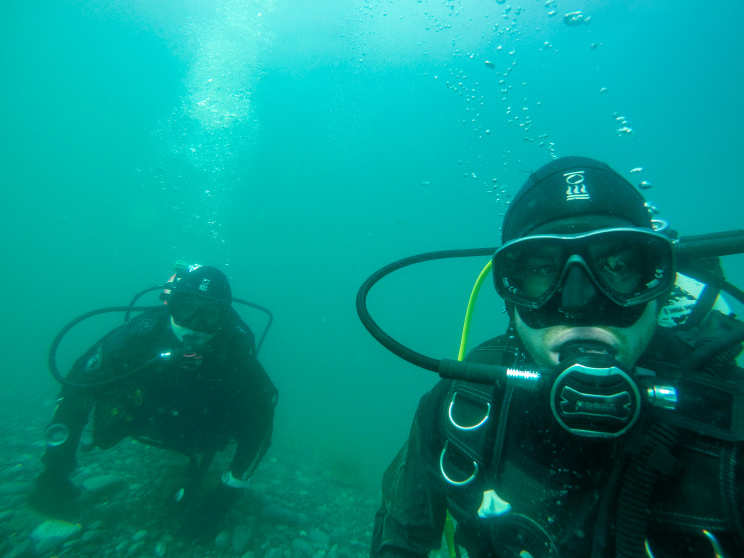
Key points
Current – Current can be strong, slack water usually occurs around one hour after high or low water. Some areas will show little movement whilst others will be almost scary. Always ask a local expert before diving un-guided.
Average Visibility – Visibility varies between 0 metres to 20 metres +, 0m is rare and 20m+ tends to be more offshore on the deeper sites. Average visibility is around 6-10 metres.
Average water temperature – Water temperature varies between 16C between June and October and as low as 8C January to March.
Depth range – Wreck dives range from sticking out of the water to 90 metres +. Most reef life is best just below 18m where the seaweed and kelp doesn’t grow.
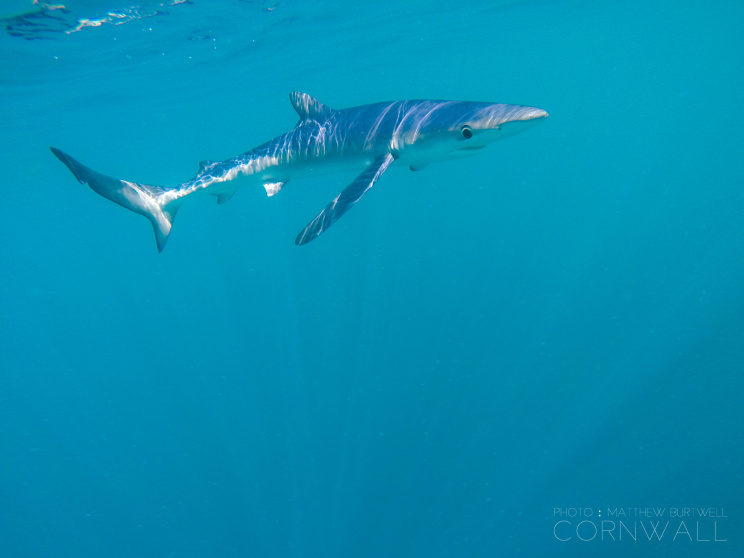
Here are some of the best companies offering courses, charters, servicing, cylinder refills, equipment hire and equipment to buy:
Kennack Diving
Kennack Sands, Near Helston, TR12 7LT
T: 07816 903260
Porthkerris Divers
Porthkerris Cove, St Keverne, Near Helston, TR12 6QJ
T: 01326 280620
Seaways Diving
Commercial Rd, Penryn, TR10 8AQ
T: 01326 375544
W: www.seawaysdiveschool.co.uk
Wavecrest Scuba
Monkey Tree Holiday Park, Scotland Road, Newquay TR8 5QR
T: 07890 132833
